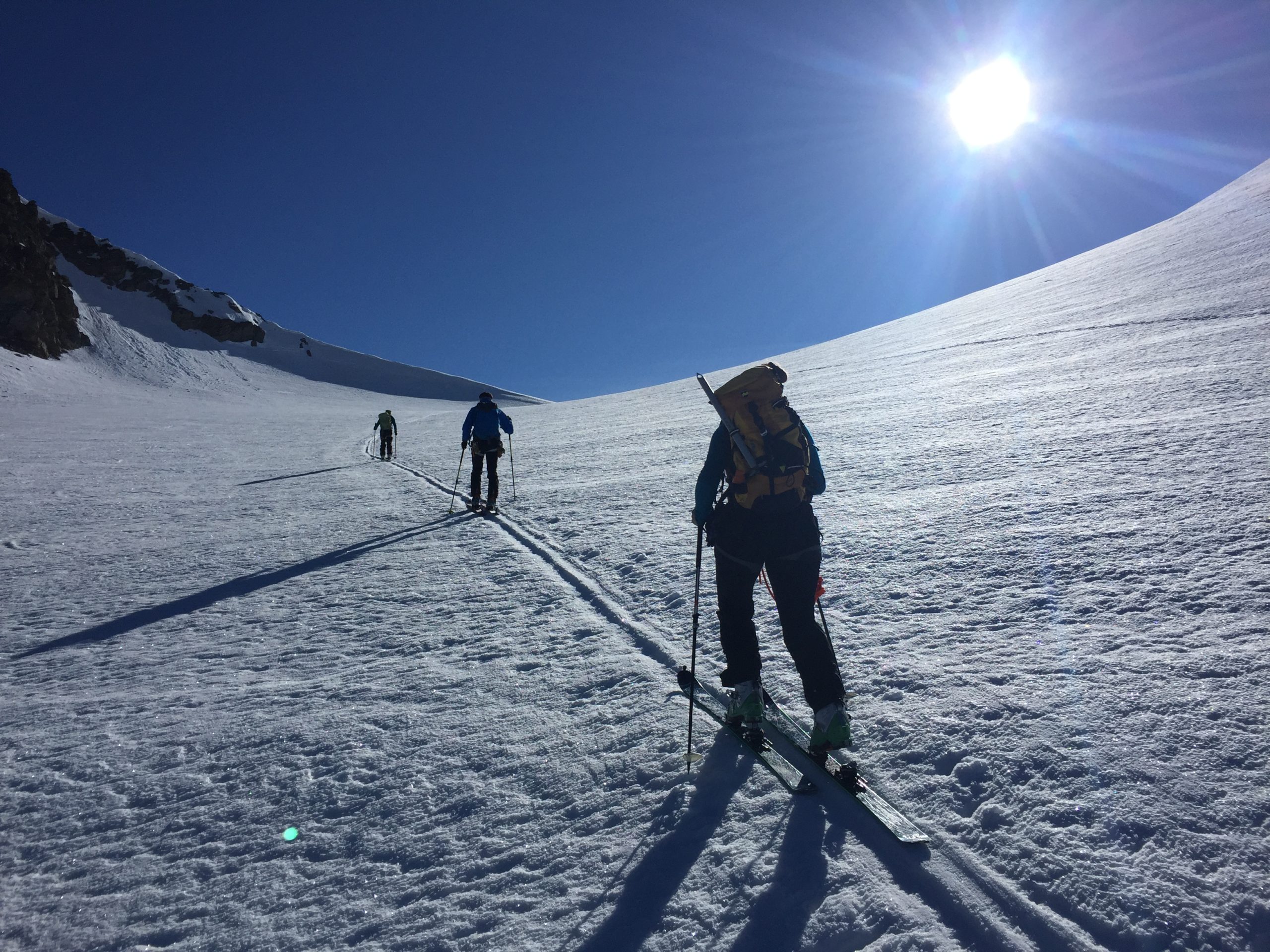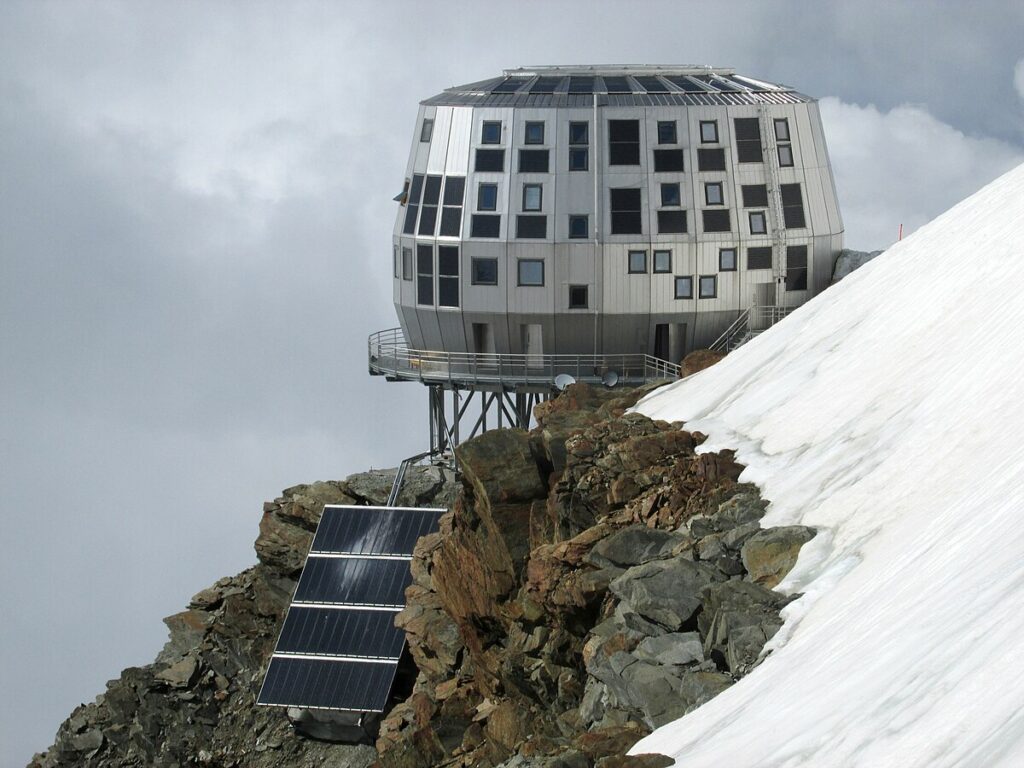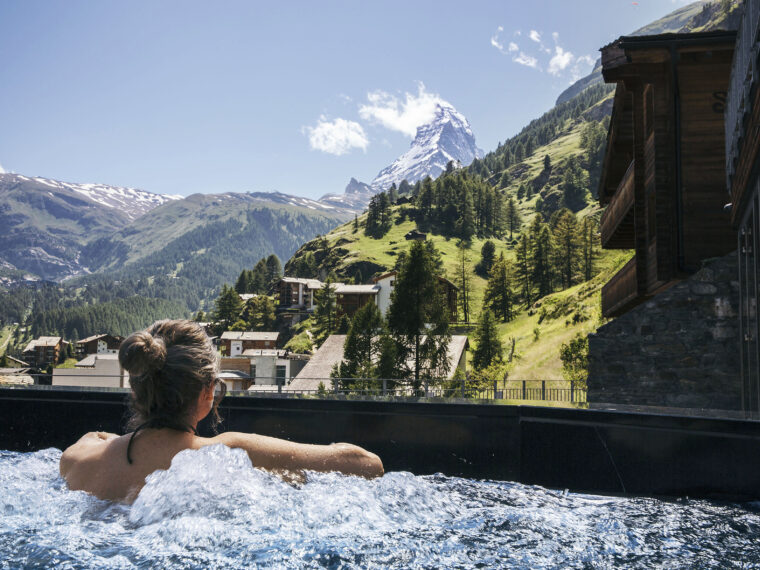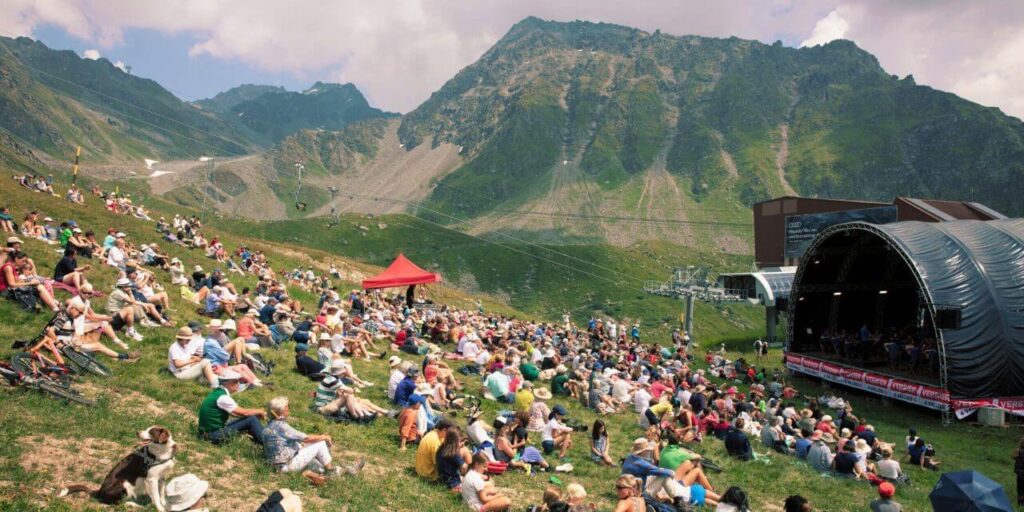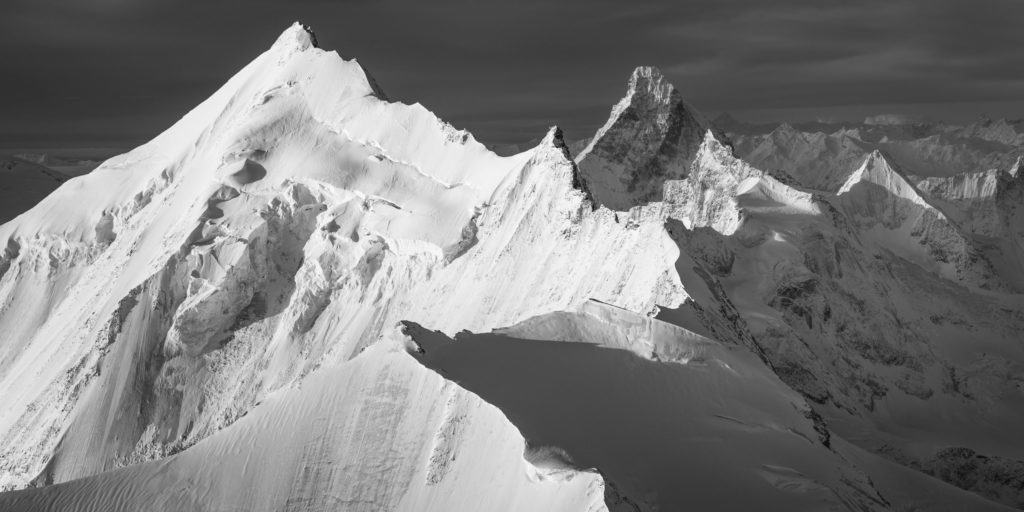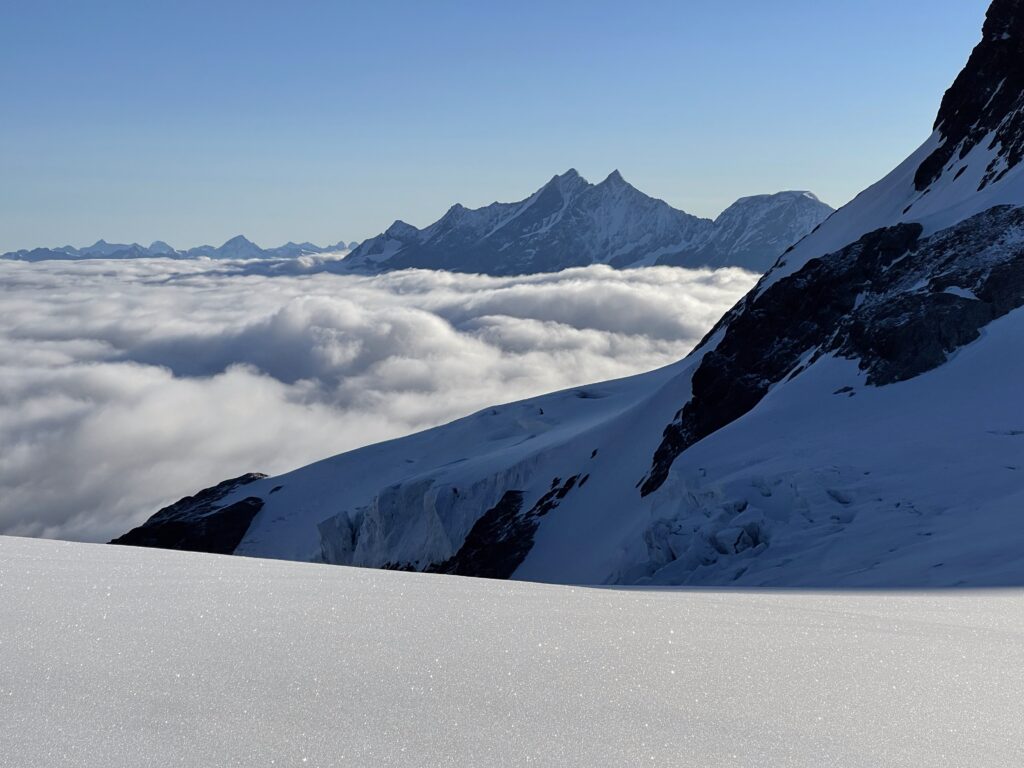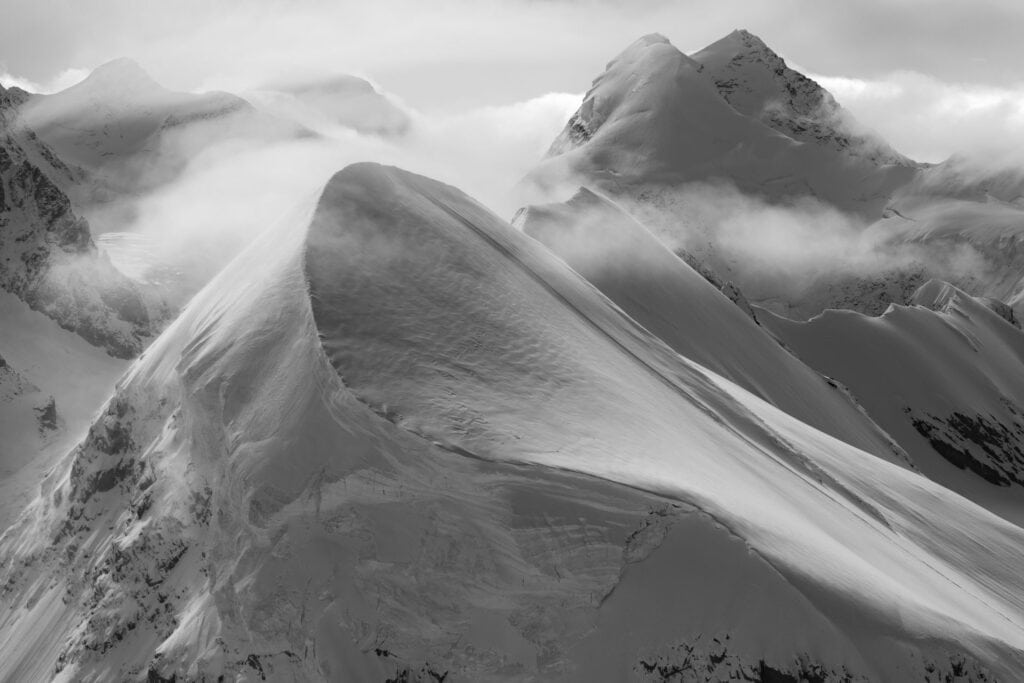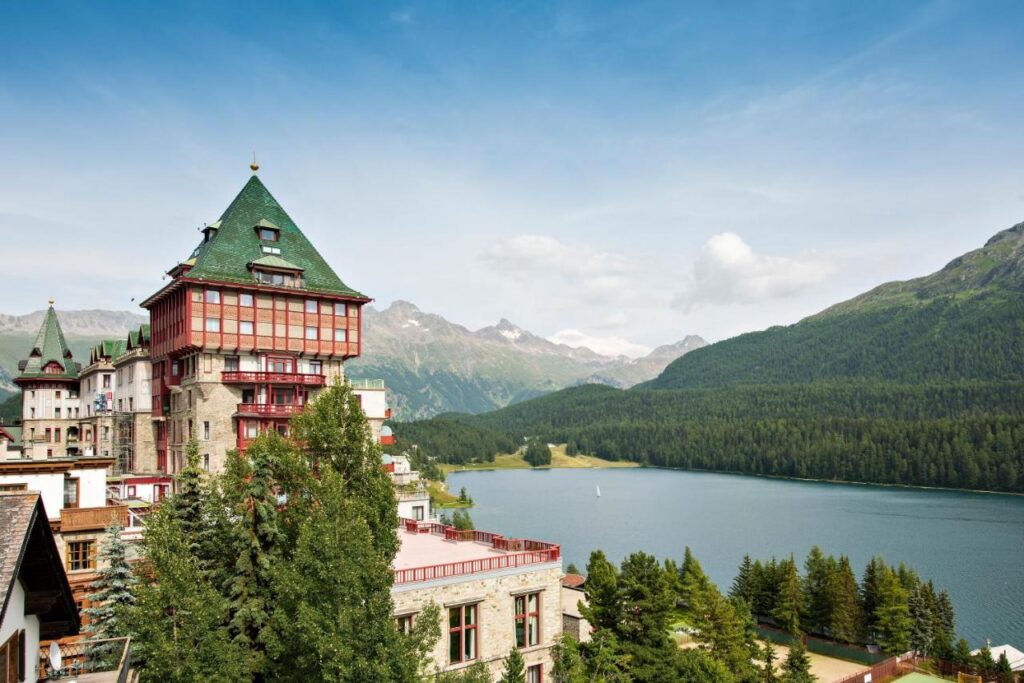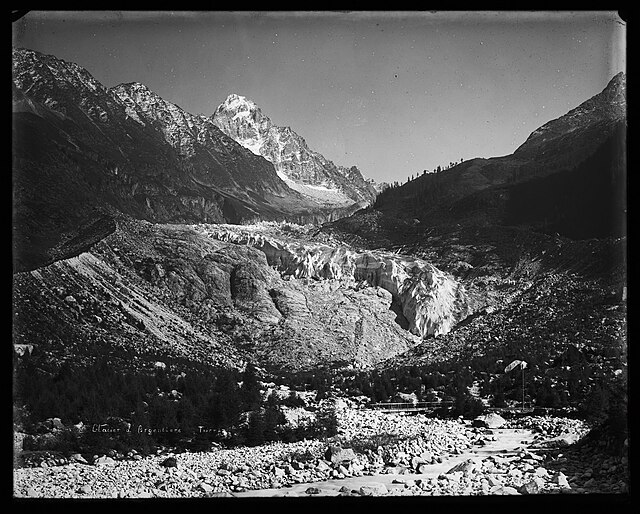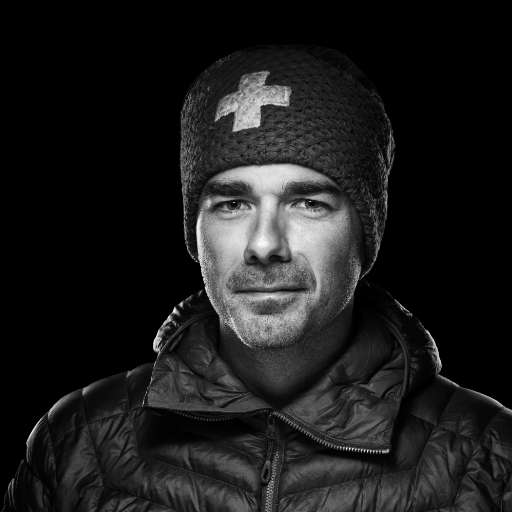Ski touring fascinates mountaineers as much as it transports them to the world of the high mountains. A symbol of freedom, it offers skiers access to untouched spaces, where every descent into deep snow leaves its mark on this white gold. I tell you the story of ski touring by revealing a selection of the finest itineraries in the Swiss Alps.
Ski touring | Heritage of an ancient practice
The story begins in Cro-Magnon times, when the men of the past danced to the ancestral rhythm of nature. And in the heart of the Ural Mountains, the ancestor of skiing was born. At the time, these were nothing more than simple wooden planks, yet they were essential for getting around in the snowy lands of that distant era.
As the years go by, these wooden slats have stood the test of time. Some countries, like Scandinavia, have made them the cradle of their culture.
During conflicts, skiing is transformed into a powerful weapon, and its mastery sometimes becomes the breath of victory. From Napoleonic battles to the First World War, and above all the winter war between Finland and Russia from November 30, 1939. The agile and cunning Finnish skiers triumphed over the Soviet soldiers with their "shoot and disappear" tactics. With its formidable weapon, the Molotov cocktail, and its increased mobility thanks to the use of skis, the Scandinavian state signs victory. Thousands of enemy tanks turned into an inferno. It was a disaster for Russia, which soon invested in ski equipment.
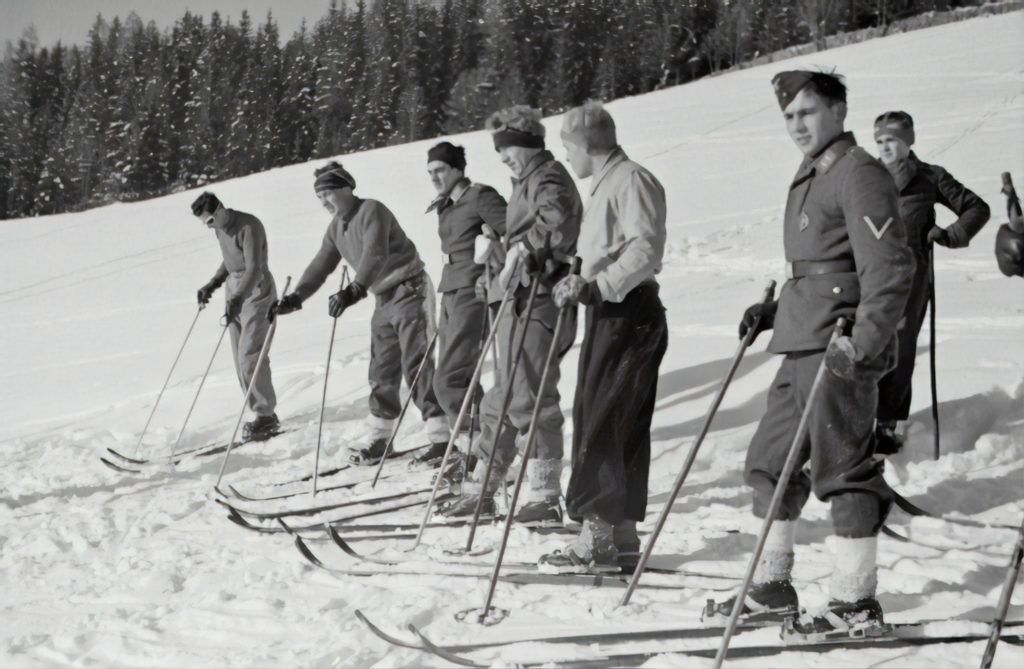
But what about seal skins? What is the origin of this ancestral artifact? Let's delve back into the past of the Nordic indigenous civilizations, the Inuit and the Lapps. These peoples, adept at coping with harsh winters, discovered that seal hairs, all pointing in the same direction, enabled them to glide over the snow on one side. In this way, the skins prevent any regression on the way up a slope. Over the centuries, technology evolved, swapping animal flesh for synthetic substitutes such as mohair or nylon.
And so ski touring was born. Sealskins and skis, in an unbreakable alliance, became inseparable companions as they dashed across vast snow-covered expanses. From a simple means of transport to a tool of war, skiing today embodies passion and adventure. A lever for contemplating the infinite beauty of summits.
Ski touring | When physical effort meets mountain contemplation
Over the decades, ski touring has undergone a metamorphosis. Initially reserved for a small circle of enthusiasts, the sport is now booming. The 70s saw the beginnings of this activity. Technical advances made the sport more accessible to the general public, with lighter, higher-performance skis that were both easy to carry and maneuverable.
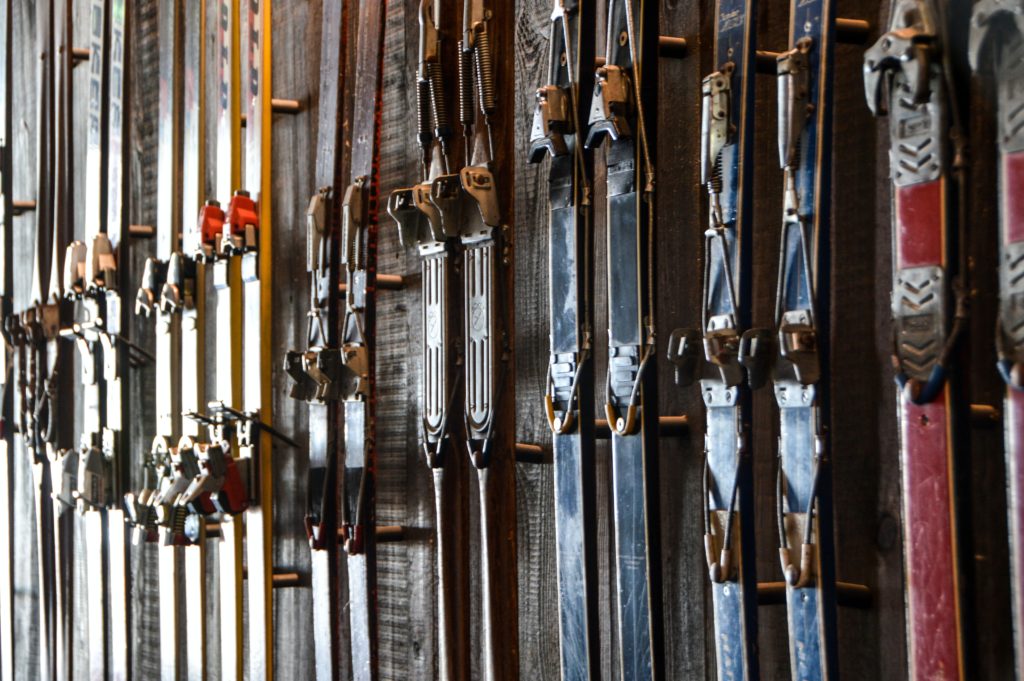
January 2020. The COVID-19 pandemic breaks out in Europe and ski resorts close their doors. Hiking becomes a refuge from the torments of the health crisis. It represents a means of escape, of contemplating the majesty of summits. The mountains take their place again. And souls in search of this white desert rediscover the very essence of nature. This period, as special as it was, reconnected man with these giants of ice and rock. With ski touring as the means of access, inviting mountaineers to get off the beaten track.
Today, the sport is fully established. Why is ski touring so popular? Ski touring is the link between man and nature. This activity transcends the limits of mountain accessibility, making it possible to climb certain summits and discover exceptional panoramas. The communion with the mountain is intimate, and every downhill turn becomes a dance on the immaculate snow. The ascent, often demanding, forges body and spirit, offering a priceless reward with every summit reached. Ski touring is more than frame just a sport. It's an ode to freedom and mountain exploration.
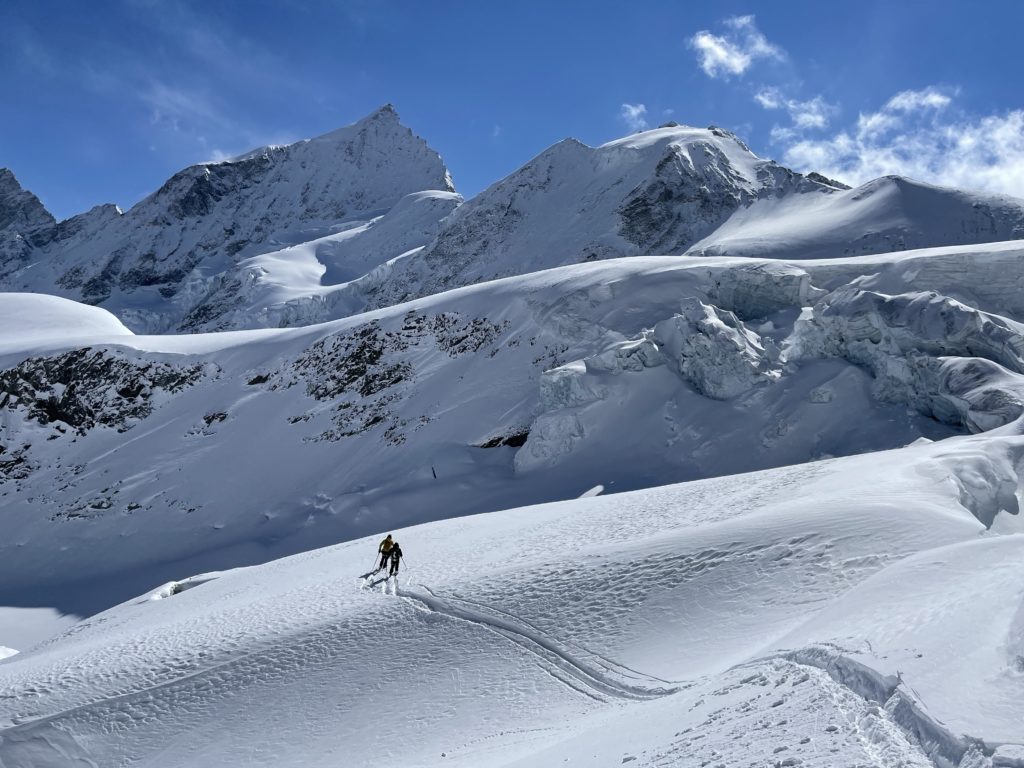
Signposted ski touring itineraries | Verbier, the gateway to the peaks
The number of signposted itineraries in ski areas is increasing. These routes, true gateways to mountaineering, offer a safe way to discover this majestic universe. In these places, the role of the mountain guide, unshakeable guardian of the summits mountains, is no longer so important. Skiers can take their first steps on their own, or in the presence of an instructor.
Verbier. Alpine jewel nestled in the heart of the Valais mountains. In recent years, the resort has opened seven marked trails dedicated to ski touring. These trails require between 1 h 00 and 3 h 30 of effort, criss-crossing the canton's most sumptuous panoramas. From the forest of Bruson to the mayens of Sarreyer, via the Croix de Coeur pass... These routes offer the ideal frame to safely discover some of the wonders of the Alps. The Ruinettes route to the Mont-Fort hut is just one of many. A four-kilometre ascent within the ski area. From up there, the Combins massif unfolds in all its majesty. And as skiers make their way along the route, their eyes are drawn to the grandeur of the surrounding peaks.
These marked trails are an opportunity to hone your technique. But the very essence of this practice does not lie in these landscaped areas. It lies in the more isolated areas, where the whisper of the wind erases all human traces. Far from view, in these pristine, untouched expanses, the mountaineer composes his own poetry to the splendor of the mountains.
Itinéraire sauvage en ski de randonnée | Mont Fourchon via the Grand-Saint-Bernard pass
There are tens of thousands of ski touring itineraries. They can last a day, several days or even several weeks. Among those offering sumptuous views of the Alps is Mont Fourchon via the Grand-Saint-Bernard pass. The presence of a mountain guide is highly recommended for this route. As leader of the team, he or she ensures the safety of the climber and accompanies him or her off the marked trails.
This 13-kilometer mountaineering outing ranks among the less demanding, with a positive altitude difference of 1,250 meters. If the hike seems too strenuous, it's possible to spend a night at the hospice du col du Grand-Saint-Bernard.
The epic begins at Bourg Saint-Bernard. With sealskins fixed to the soles of the skis, it's time to climb the Combe des Morts for a 550-meter ascent to the pass. From here, the hospice rises. A witness to centuries gone by, it seems to defy time. Built around 1050, the hospice is a beacon of welcome and rescue in the Alps. On this isolated pass, you can see a dog kennel: that of the Saint-Bernards. Once involved in rescue missions to find travelers lost in the snow, these animals are now the pride of the place.
It's time to take off the sealskins and start the first descent. We head for Montagna Baou, at 2356 m, on the Italian side of the mountain. Then it's time for a final push up the combe between the Tour des Fous and a rock overlooking the alpine pasture. summit is finally reached. Up there, Mont Blanc, the undisputed sovereign of the French Alps, stands majestically in front of us.
Wilderness ski touring itinerary | The historic Haute Route Chamonix-Zermatt
Right in the middle of the Alps, where summits reaches dizzying heights, a legendary race is taking shape: the Haute Route Chamonix-Zermatt. Chamonix, guardian of Mont Blanc, Europe's highest summit . Zermatt. symbol of the Matterhorn, the absolute monarch of the Swiss Alps.
This route between Mont Blanc and the Matterhorn stretches over 104 kilometers, often requiring a week's commitment. It is a major challenge for any skier wishing to conquer the more than 6,000 metres of positive vertical drop. On this colossal route, mountaineers mark the only trace of man's passage.
The opening of this mountaineering race dates back to January 16, 1903. Doctor Michel Payot, accompanied by Alfred Simond, Joseph Couttet and Joseph Ravanel, made the very first trail, using the simple, low-tech equipment of the day. Landscapes go by. Col du Chardonnet, Orny glacier, Orcières, Chanrion, Evolène. The famous village of Zermatt was finally reached on January 22. The climbers thus gave birth to one of the world's most famous ski-mountaineering routes.
From then on, the Haute Route became a symbol of mountain sports. Numerous variants were created, including the one inaugurated by Marcel Kurz in January 1919, starting from Verbier. Between passes, bewitching glaciers and vertiginous summits , the view of the world's most famous peaks is breathtaking: Mont Blanc, Matterhorn, Grand Combin, Monte Rosa... And at the heart of this extraordinary itinerary, silence reigns supreme. Only the crumbling rock echoes in the valleys.
That's when the power of the peaks is revealed. When you come face to face with the untamed mountain. When you taste purity and freedom. Ski touring: a real way to connect with the soul of summits.
